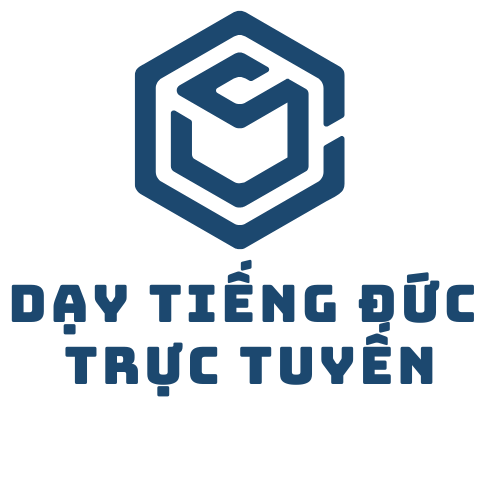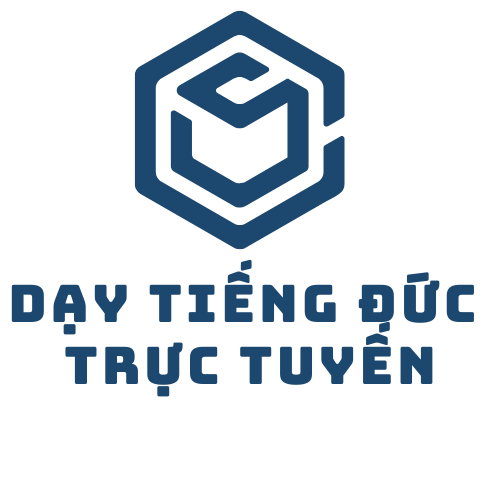Over the last several years, computational intelligence has revolutionized numerous fields, but perhaps no field has seen more remarkable breakthroughs than image generation.
At the forefront of this breakthrough are GANs – a ingenious implementation of AI systems that have revolutionized how we develop pictures.
The Basics of GANs
GAN architectures were first presented by machine learning expert Ian Goodfellow and his collaborators in 2014. This revolutionary framework involves two neural networks that operate in tandem in an opposing manner.
Network one, on adobe.com referred to as the creator, works to develop visual output that resemble genuine. The second network, known as the discriminator, tries to differentiate between true images and those created by the generator.
This interplay produces a powerful learning mechanism. As the discriminator enhances its abilities at detecting artificial pictures, the generator must improve its ability to produce more convincing pictures.
The Evolution of GAN Technology
Since their introduction, GANs have witnessed extraordinary development. First-generation GANs struggled with producing crisp outputs and often created fuzzy or malformed pictures.
But, improved generations like DCGAN (Deep Convolutional GAN), ProGAN, and Style-GAN have significantly enhanced image quality.
Certainly the most outstanding innovation came with StyleGAN2, created by NVIDIA researchers, which can generate exceptionally realistic people that are commonly impossible to differentiate from genuine images to the general public.
Uses of GAN Models in Picture Synthesis
The uses of GAN architecture in visual creation are vast and unceasingly develop. The following are some of the most compelling applications:
Creative Expression
GANs have created new avenues for creativity. Applications like DeepArt empower creators to generate remarkable artwork by simply providing what they imagine.
In 2018, the image “Portrait of Edmond de Belamy,” made by a GAN, sold for an astonishing $432,500 at Christie’s art auction, representing the first purchase of an AI-generated painting at a leading gallery.
Image Optimization
GANs show great capability in operations like photo refinement. Systems using GAN technology can upgrade substandard photos, repair damaged visuals, and even apply color to non-color photos.
This functionality has significant utility for maintaining historical records, enabling for old or degraded photographs to be renewed to extraordinary detail.
Data Augmentation
In AI, acquiring substantial datasets is crucial. GANs can synthesize supplementary training data, contributing to solve constraints in accessible examples.
This utilization is especially useful in areas like medical imaging, where privacy concerns and shortage of unique instances can restrict existing examples.
Style and Creation
In the apparel business, GANs are being employed to generate new fashion items, accessories, and even full assortments.
Fashion creators can employ GAN tools to preview how certain designs might present on different body types or in assorted colors, dramatically expediting the creation workflow.
Media Production
For digital artists, GANs deliver a formidable capability for making original visuals. This is particularly advantageous in areas like commercial media, interactive entertainment, and internet communities, where there is a constant appetite for new visual content.
Development Obstacles
Even with their remarkable capabilities, GANs constantly battle multiple development obstacles:
Mode Collapse
One significant difficulty is development instability, where the developer produces just a few types of visuals, bypassing the total variety of possible images.
Dataset Limitations
GANs learn from the instances they’re provided with. If this sample collection contains partialities, the GAN will copy these partialities in its generations.
As an illustration, if a GAN is mainly trained on visuals of people with certain physical characteristics, it may have trouble synthesize varied representations.
Hardware Requirements
Training cutting-edge GAN frameworks necessitates enormous processing power, encompassing sophisticated GPUs or TPUs. This establishes a limitation for numerous scientists and limited entities.
Ethical Challenges
As with numerous machine learning applications, GANs generate major ethical challenges:
Synthetic Media and Deception
Possibly the most disturbing deployment of GAN tools is the creation of artificial content – remarkably authentic but fabricated material that can display existing persons conducting or declaring things they haven’t actually performed or stated.
This ability presents substantial problems about fake news, voting influence, revenge porn, and other negative uses.
Data Protection Issues
The potential to synthesize lifelike representations of persons raises significant information safety issues. Uncertainties about approval, proprietorship, and responsible deployment of image become ever more relevant.
Artistic Credit and Authenticity
As AI-created artistic output becomes more elaborate, concerns appear about production, attribution, and the value of human originality. Who earns attribution for an visual synthesized by an AI system that was built by developers and developed on designers’ productions?
The Outlook of GAN Architecture
Looking ahead, GAN frameworks keeps improve at a speedy tempo. Various exciting innovations are on the cusp:
Integrated Models
Future GANs will likely become progressively able of operating between various formats, merging written content, photographic, sound, and even motion picture content into harmonious results.
Superior Guidance
Researchers are constructing systems to provide users with improved control over the synthesized images, allowing for more precise tweaks to particular characteristics of the generated images.
Superior Operation
Upcoming GAN architectures will potentially become more economical, requiring less hardware capabilities to create and execute, making these capabilities more accessible to a wider collection of individuals.
Final Thoughts
Generative Adversarial Networks have definitely changed the domain of digital imagery. From generating artwork to upgrading medical diagnostics, these potent frameworks continue to push the boundaries of what’s attainable with computational systems.
As these systems keeps develop, navigating the substantial constructive uses with the moral questions will be essential to establishing that GAN architecture adds constructively to society.
If we’re using GANs to produce amazing visuals, renew aged pictures, or further healthcare studies, it’s obvious that these impressive systems will unceasingly shape our visual world for decades to arrive.
ai nudifiers

